In the ongoing effort to help Marion come to grips with its own troubled history, researchers, storytellers and about 25 interested residents gathered June 29 at the M.A.C.A. Auditorium to discuss the area’s tumultuous labor strikes of 1929.
In the March 29 cover story, “Mountain Shame,” Xpress documented those bloody labor demonstrations, as well as an insightful scrapbook gleaned from the times, and new efforts to foster a community discussion about what happened. In the weeks since, the massive old Marion Manufacturing building – the site where, on Oct. 2, 1929, six workers were shot dead and dozens more fatally injured by law enforcement – has continued to be demolished. But dedicated locals have also continued to look for ways to showcase the long-buried memories swirling around the site.
“We should all know this history, there’s nothing dirty about it,” said Travis Byrd during the meeting of the “Research Circle.” “It’s all about southerners wanting dignity and self-respect.”
Byrd, a graduate student at UNCA studying labor history and a distant relative of legendary union organizer Ella Mae Wiggins, sought to put the Marion events in the larger context of the regional labor movement. The hundreds of mill strikes across the Southeast in the 1920s helped pave the way for passage of the Wagner Act in 1935, he said, which helped protect workers’ collective bargaining rights. (However, the law was later severely weakened in 1947, which allowed states to pass the “Right-to-Work” laws that continue to limit unions’ power in most southern states, including North Carolina).
Historian Mike Lawing, who authored The Marion Massacre in 2004, later presented his research on the local events, noting that Roy Price, an early organizer at the Marion plant “deserves a plaque as much as anyone else in the labor movement.”
Lawing, who is a descendant of several of the strikers himself, clarified that unlike other labor movements in the region, the organizing efforts of Marion workers were homegrown, with national unions only helping later at locals’ request.
He also shed new light on why Sheriff Oscar Adkins and his deputies may have shot at protesters on that fateful day nearly 82 years ago.
According to Lawing, the hundreds of protesters may have been carrying sticks they were prepared to use as weapons; Adkins was also under tremendous pressure by city leaders to maintain order at any cost. Although no guns were ever found on any of the protesters, Lawing maintained that Adkins was likely assaulted before any of his deputies fired in to the crowd. However, the reality of what exactly happened among the fog and tear gas will likely never be known, Lawing admitted. (Adkins and his deputies were all acquitted of any charges).
After Lawing’s presentation, longtime Marion resident Ruby Hall, who had been listening attentively, revealed that she had been in the neighborhood on the day of the shootings. She was only a little girl at the time, however, and all she could remember was seeing people running away from the fire, she said.
Mike Blankenship, who helped organize the meeting, said he and others are still working to put together a display this October to mark the anniversary of the shootings.
He’d also like to see their research go towards a larger project, possibly a tourist attraction of some sort.
“We’re trying to morph all of this hard-nosed academic research in to a cultural celebration of this county, incorporating music, dance, choral arrangement, all of the above, in order to catch this moment in history and create an economy,” he explained. “There’s enormous opportunity here in terms of future economic development and historical tourism.”
However, it’s unclear how much support Blankenship’s idea has in the broader community. And he readily admits that any such development would have to be done carefully given the sensitive subject matter.
“The Chamber of Commerce has to be very careful about what it hooks its wagon too,” he noted. “Capitalism has no social responsibility at all, so we have to be careful. Because we might end up with something we don’t like, that exploits our resources.”
Photos by Jonathan Welch



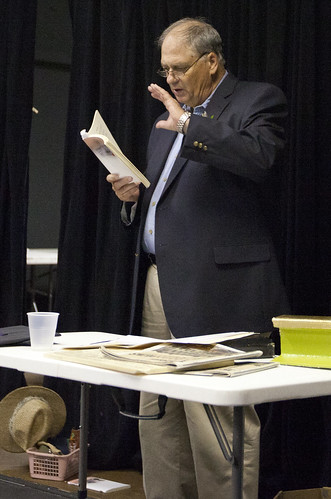
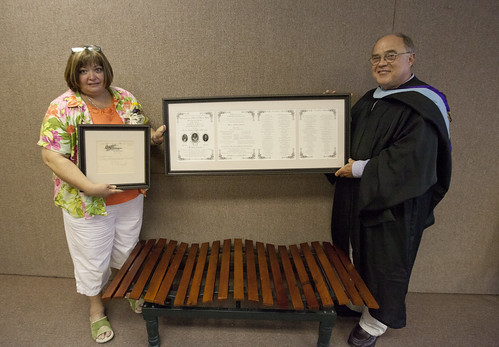
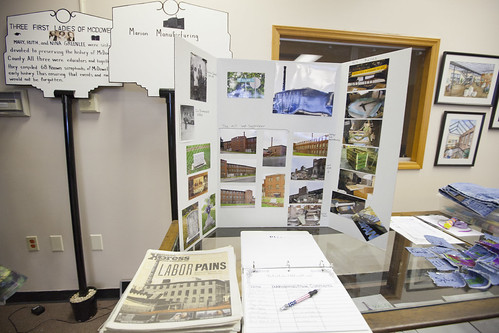
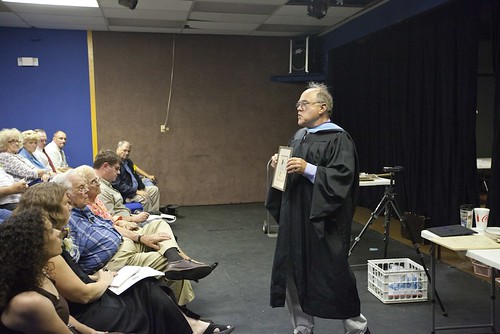
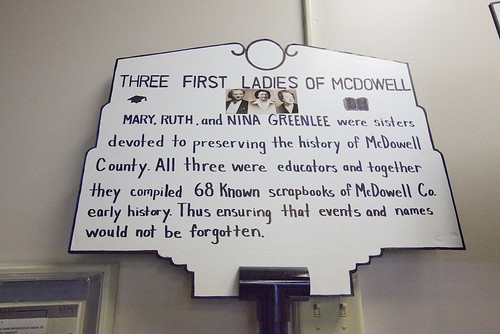

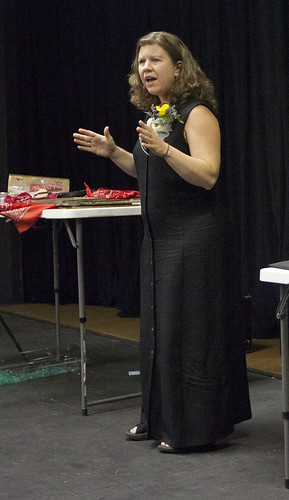

Before you comment
The comments section is here to provide a platform for civil dialogue on the issues we face together as a local community. Xpress is committed to offering this platform for all voices, but when the tone of the discussion gets nasty or strays off topic, we believe many people choose not to participate. Xpress editors are determined to moderate comments to ensure a constructive interchange is maintained. All comments judged not to be in keeping with the spirit of civil discourse will be removed and repeat violators will be banned. See here for our terms of service. Thank you for being part of this effort to promote respectful discussion.